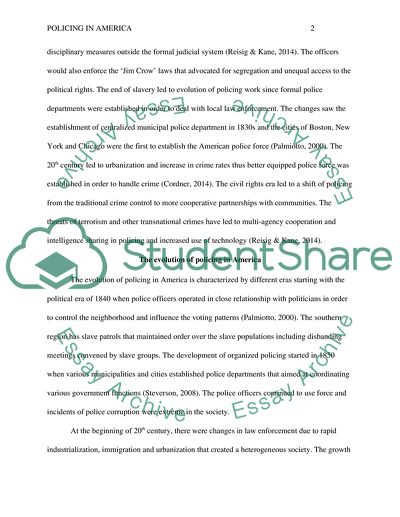Cite this document
(“The Current Policing Philosophies Have a Positive Impact on the Commun Research Paper”, n.d.)
The Current Policing Philosophies Have a Positive Impact on the Commun Research Paper. Retrieved from https://studentshare.org/law/1857871-jus-102-final-research-paper
The Current Policing Philosophies Have a Positive Impact on the Commun Research Paper. Retrieved from https://studentshare.org/law/1857871-jus-102-final-research-paper
(The Current Policing Philosophies Have a Positive Impact on the Commun Research Paper)
The Current Policing Philosophies Have a Positive Impact on the Commun Research Paper. https://studentshare.org/law/1857871-jus-102-final-research-paper.
The Current Policing Philosophies Have a Positive Impact on the Commun Research Paper. https://studentshare.org/law/1857871-jus-102-final-research-paper.
“The Current Policing Philosophies Have a Positive Impact on the Commun Research Paper”, n.d. https://studentshare.org/law/1857871-jus-102-final-research-paper.


